Carl Auböck Leather and Nickel Chess Set
$3,195
5,000+ products IN STOCK and DELIVERED in 3-5 days
5,000+ products IN STOCK and DELIVERED in 3-5 days


Auböck is the fourth-generation craftsman in his family’s Viennese metal atelier which still employs the original brass moulds that nod to the Bauhaus and Wiener Werkstätte traditions.
Nearly a century after it was founded, this hive producing often witty household gadgets and tools – corkscrews, letter openers, nutcrackers – have become sought-after collectibles, a timely reminder that our fingers were once upon a time employed with more onerous activity than endless scrolling of screens.
To date, the Auböck workshop has garnered a fanbase that includes Paul Smith, Brad Pitt and Susan Sarandon. Around 4,500 designs in the company’s inventory are archived in in a three-storey building on Bernardgasse, a 10-minute drive from the Wiener Staatsoper, Vienna’s state opera house.
It was here at No23 that the first Karl Auböck (1872-1925) ran a metal shop producing academic bronzes, which included chandeliers for the opera house and the eagle atop the obelisks in front of the Schönbrunn Palace.
However it was the eldest of his three children, Carl II (1900-1957), who set the company on its stellar design trajectory. An exceptional draughtsman as a young boy, he attended the newly opened Bauhaus as a scholarship student from 1919 to 1921. Creating useful, beautiful quotidian objects also became a preoccupation for his son, father of the present day Carl Auböck. He jokes that his family lacked imagination which explains why sons were always named Carl. Indeed, his son Carl V is now 33.
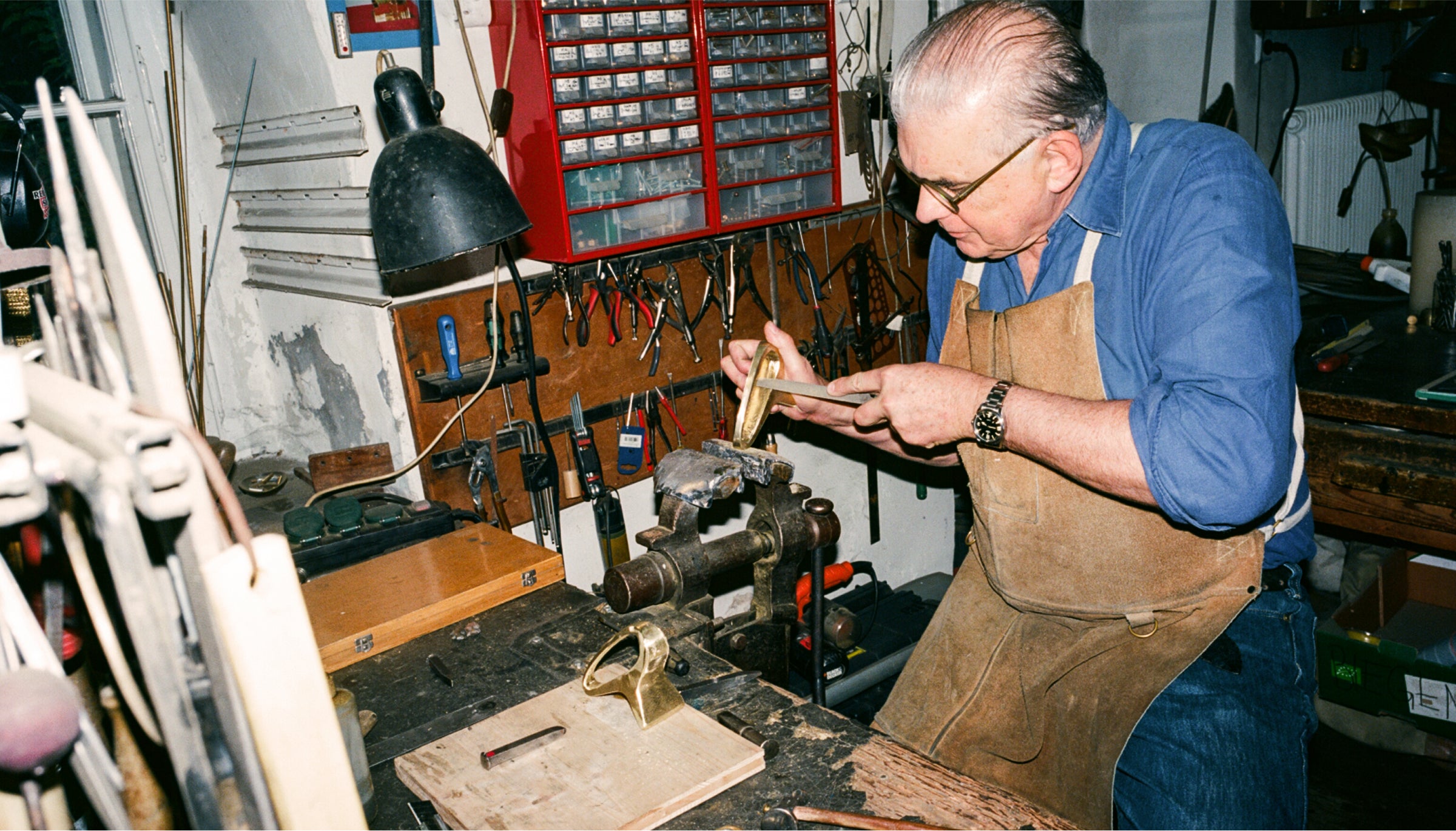
Carl Auböck
“Our family was very close-knit growing up. My father painted with his parents, they read literature together, they sculpted together. Every single one of our pieces has a story behind it. They also have humour.”
Living and working with his father for 18 years has meant that he has learnt a great deal about the Auböck language concerning form and materials. “Also truth and materials, a language which was also influenced by Alfred Loos and Josef Hoffmann, both of whom my grandfather knew,” he adds.
“In our workshop, we always show what is inside, what something is made of; it is never lacquered or subdued. Brass’s reaction to air, time and sun is oxidation. That patina is the ageing process which we celebrate.”
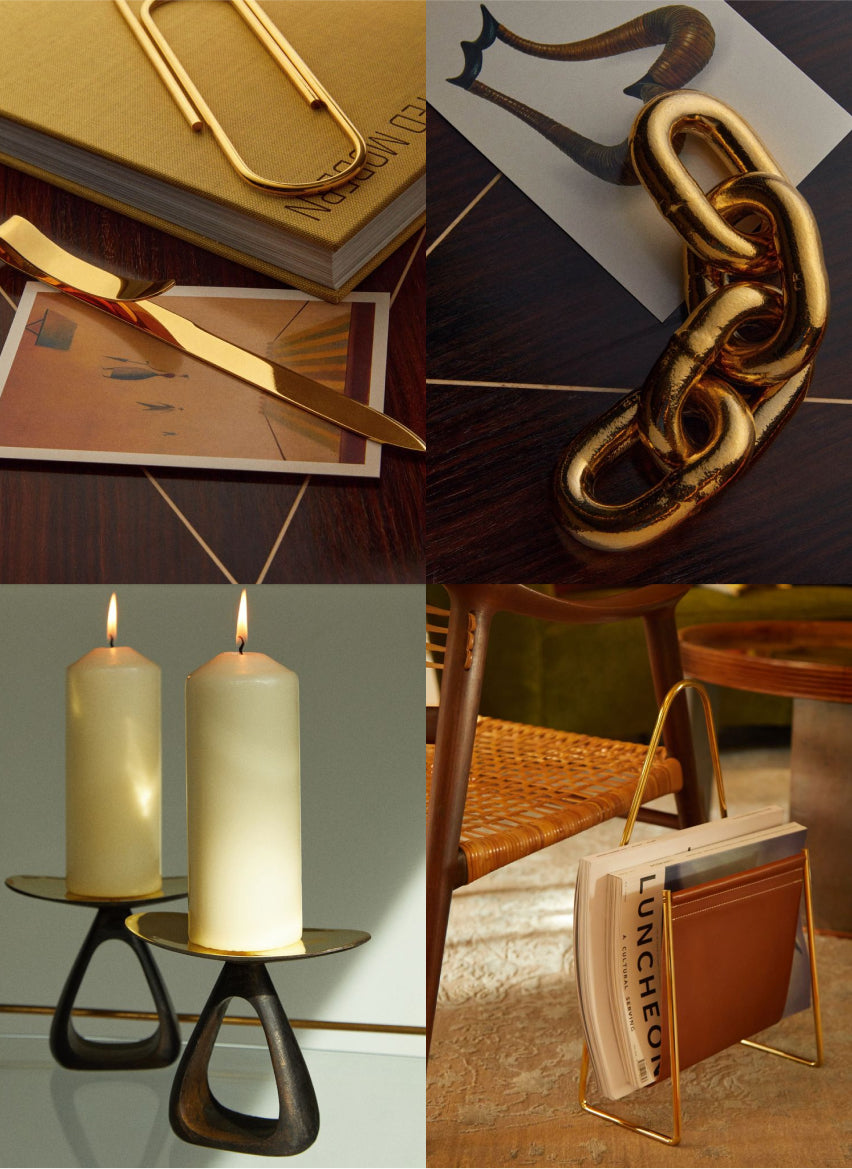
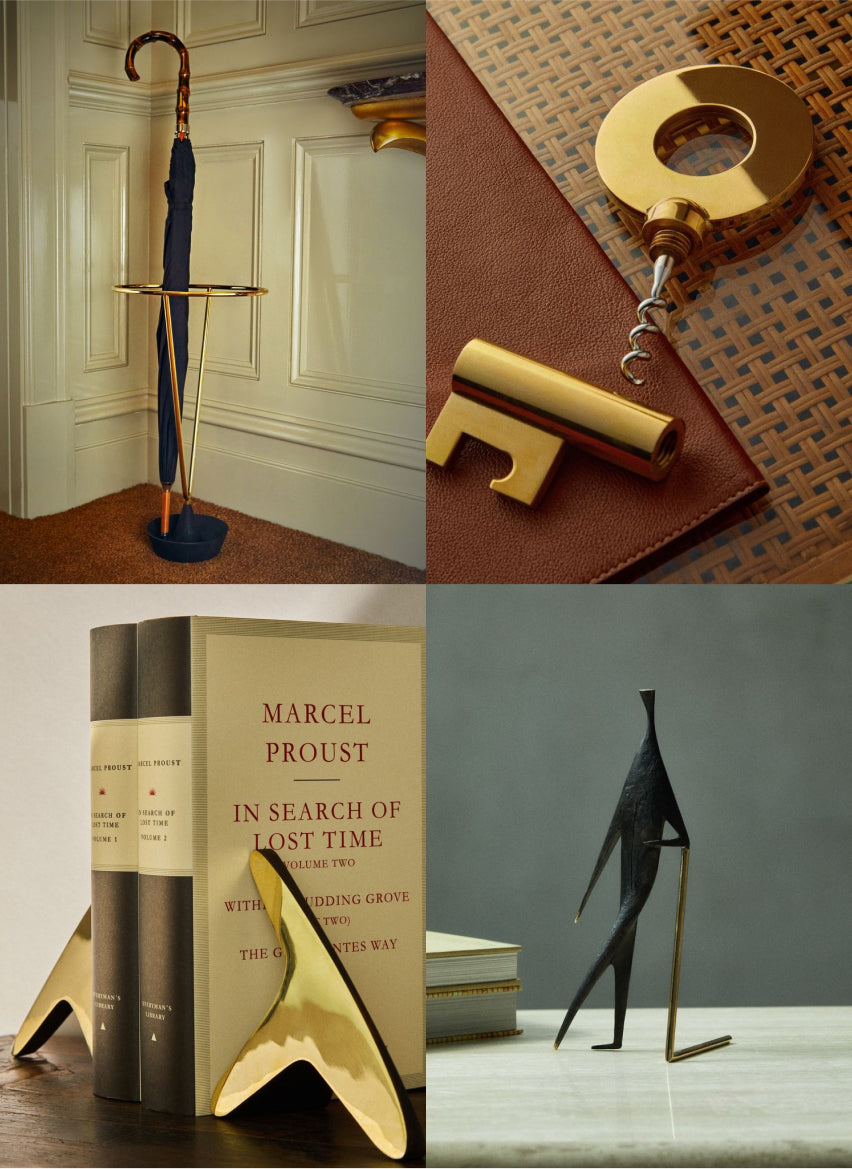
What is the value of craft?
Craft is the essence of all human activity– all that will be remembered in years to come is concentrated in objects as a form of our expression.
How does it make you live better?
Better I don’t know, but certainly it makes you live more consciously, it makes you more aware of our sources and real capabilities. It can make you stop, slow down, enjoy a moment.
Do you think handmade objects have an ‘anima’ or ‘soul’ that makes you cherish them more and want to pass them down generations?
All material in this world has life or speaks life. There is also the emotional connection and a large storytelling aspect too. Craft can teach and inform us, reveal processes but also feelings. Many look for the story behind the object, especially if their country is a new one and lacks history. Objects tell the story about a place, a time. Stories that are passed down. In a family like mine, parts are forgotten – which is sad – but many are passed down too.
Why is craft important in culture?
It is the simplest way to express ourselves, whether that’s a piano piece by Schubert or the hand-carved puppet of a pygmy healer made to cast off bad forces – both are important in their cultural circle.
What artisan traditions are we in danger of losing and what would you like to see kept alive?
All artisan traditions change all the time. Stopping this change might be impossible or even dangerous as it allows for new approaches and perhaps gets rid of others. I rely on the boundless ideas of Situationist philosophy (that past experiences and behaviours do not determine what someone will do in a given situation). When my parents took over the workshop in the late 1960s, they took a different approach. My father was a designer with modernist thinking, whereas my grandfather was first and foremost a craftsman and so a different approach evolved in our studio.
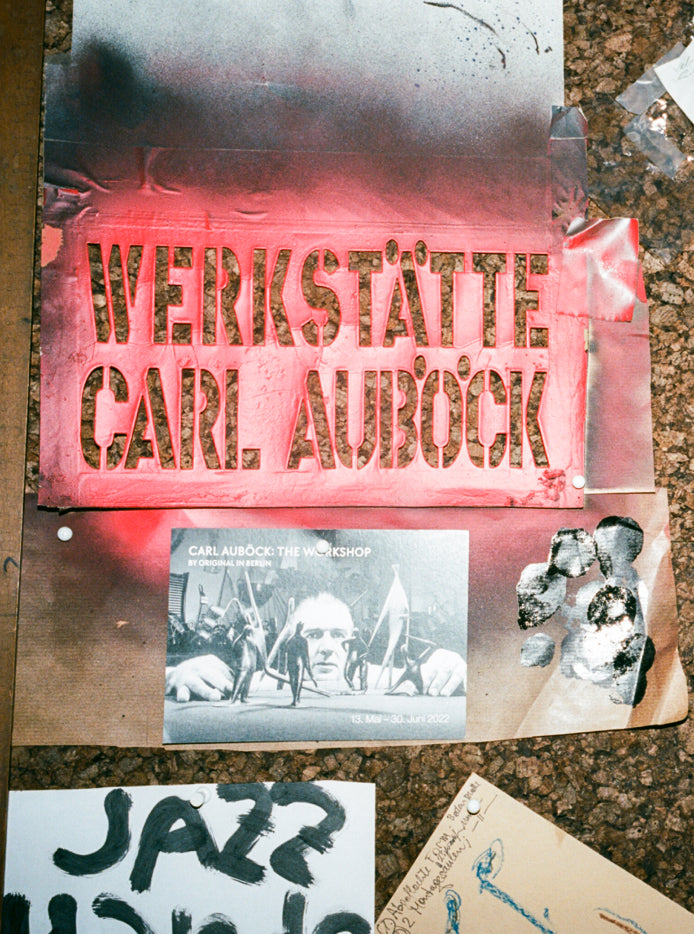
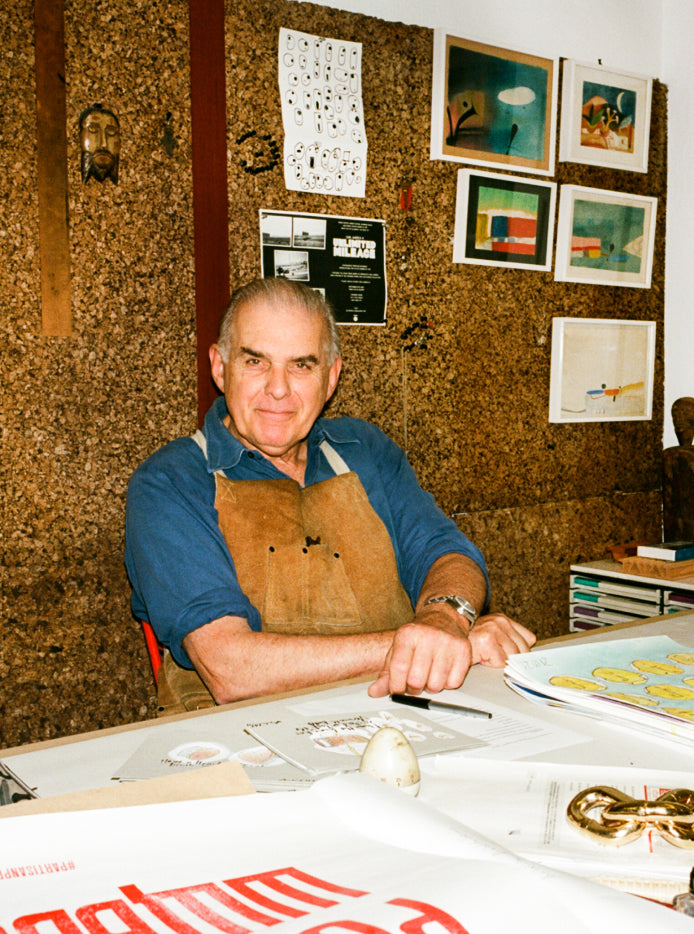
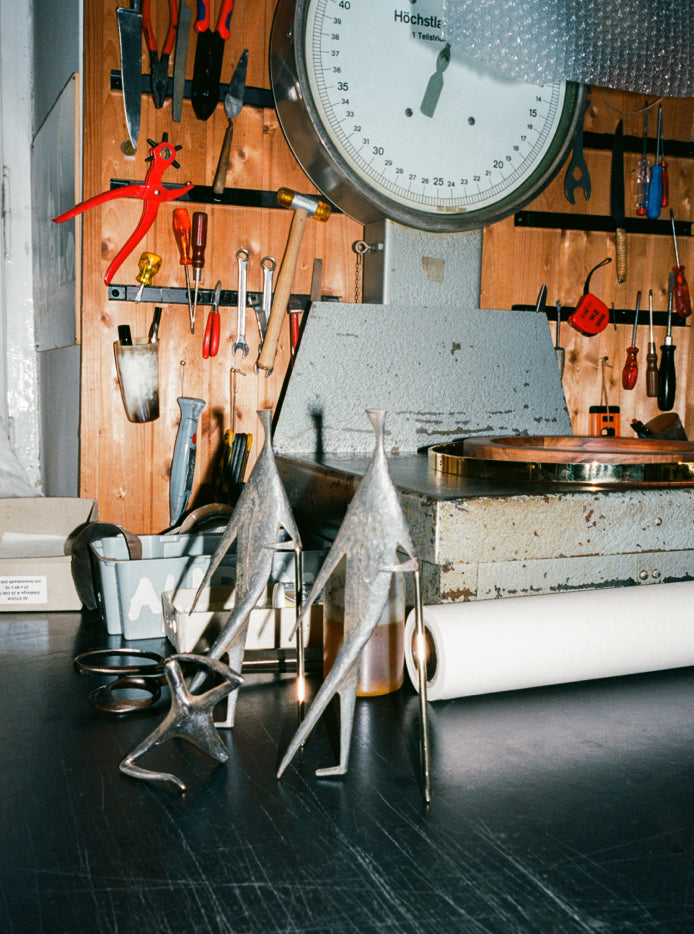
What is the best present you have received?
A trip to Marrakesh three years ago was a wonderful gift.
What is the worst?
A Harley Davidson mug, well-meant but not very thoughtful.
What do you consider when choosing a gift?
Mostly you give what you like yourself. It’s a thrill giving presents to my wife, Wendy; will I hit the mark or miss I wonder, because there is nothing in between.
What is the best gift you have ever given?
Moments in time that you really cherish.
Spend $300 more to enjoy free delivery
Your Shopping Bag is currently empty